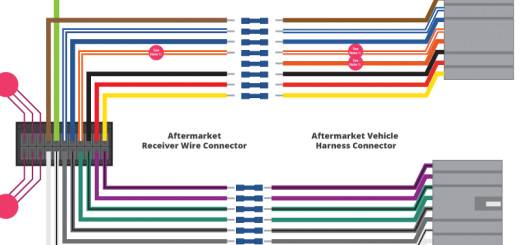A Guide For How Companies Install the Ideal CCTV Setup to Meet Your Safety Needs
A Guide For How Companies Install the Ideal CCTV Setup to Meet Your Safety Needs
Blog Article
As it pertains to guaranteeing protection and safeguarding, choosing the appropriate CCTV setup is crucial. CCTV television (CCTV) systems are widely used for surveillance in various settings, such as homes, businesses, and community spaces. These systems help observe activities, deter crime, and provide valuable evidence in case of occurrences. Understanding the different components and characteristics of CCTV systems can help individuals and organizations make knowledgeable choices that best meet their security requirements.
One of the first considerations when choosing a CCTV setup is the kind of surveillance devices needed. There are numerous types of cameras available, such as bulb cameras, bullet cameras, and PTZ (pan-tilt-zoom) cameras. Bulb devices are commonly used for indoor monitoring due to their subtle appearance, while projectile devices are more noticeable and are typically employed externally. PTZ cameras provide the ability to magnify in on specific locations and can be controlled remotely. Evaluating the specific environment and the locations that require monitoring will help decide which type of device is most suitable.
Another crucial factor to consider is the resolution of the cameras. Increased resolution cameras offer sharper images, which can be critical for identifying people or details in a scene. Common resolutions consist of standard resolution (SD), elevated resolution (HD), and superior definition (UHD). While increased read here resolution devices may arrive at a higher price, they can considerably enhance the efficacy of a monitoring setup. It is also important to take into account the lighting conditions in the location being monitored, as some cameras are better suited to manage low-light conditions than alternative options.
Recording options are also a critical aspect of CCTV systems. Footage footage can take up a substantial amount of space, so it is essential to select a setup with adequate capacity options. Many setups offer cloud options, which enables for remote access to footage and can offer extra security in case of theft or destruction to the physical storage. Alternatively, on-site options, such as digital footage recorders (DVRs) or internet footage devices (NVRs), can be used. Understanding the capacity requirements based on the quantity of devices and the desired retention duration for footage is crucial for effective surveillance.
Finally, the setup and upkeep of the CCTV system should not be ignored. Professional installation can ensure that devices are positioned in optimal spots for best coverage. Additionally, routine maintenance is necessary to keep the setup operating effectively. This entails checking camera positions, cleaning optics, and making sure that software is up to date. Some setups also provide remote monitoring capabilities, enabling users to access real-time recordings from their smartphones or laptops. This feature can offer peace of mind and improve the general efficacy of the safeguarding system.
In conclusion, choosing the perfect CCTV setup requires thoughtful evaluation of various factors, including camera types, clarity, capacity choices, and setup. By comprehending these components, individuals and organizations can choose a system that efficiently satisfies their security requirements. A thoughtfully designed CCTV setup not only assists discourage criminal activity but also offers important proof when needed, making it an essential investment for safety and security.